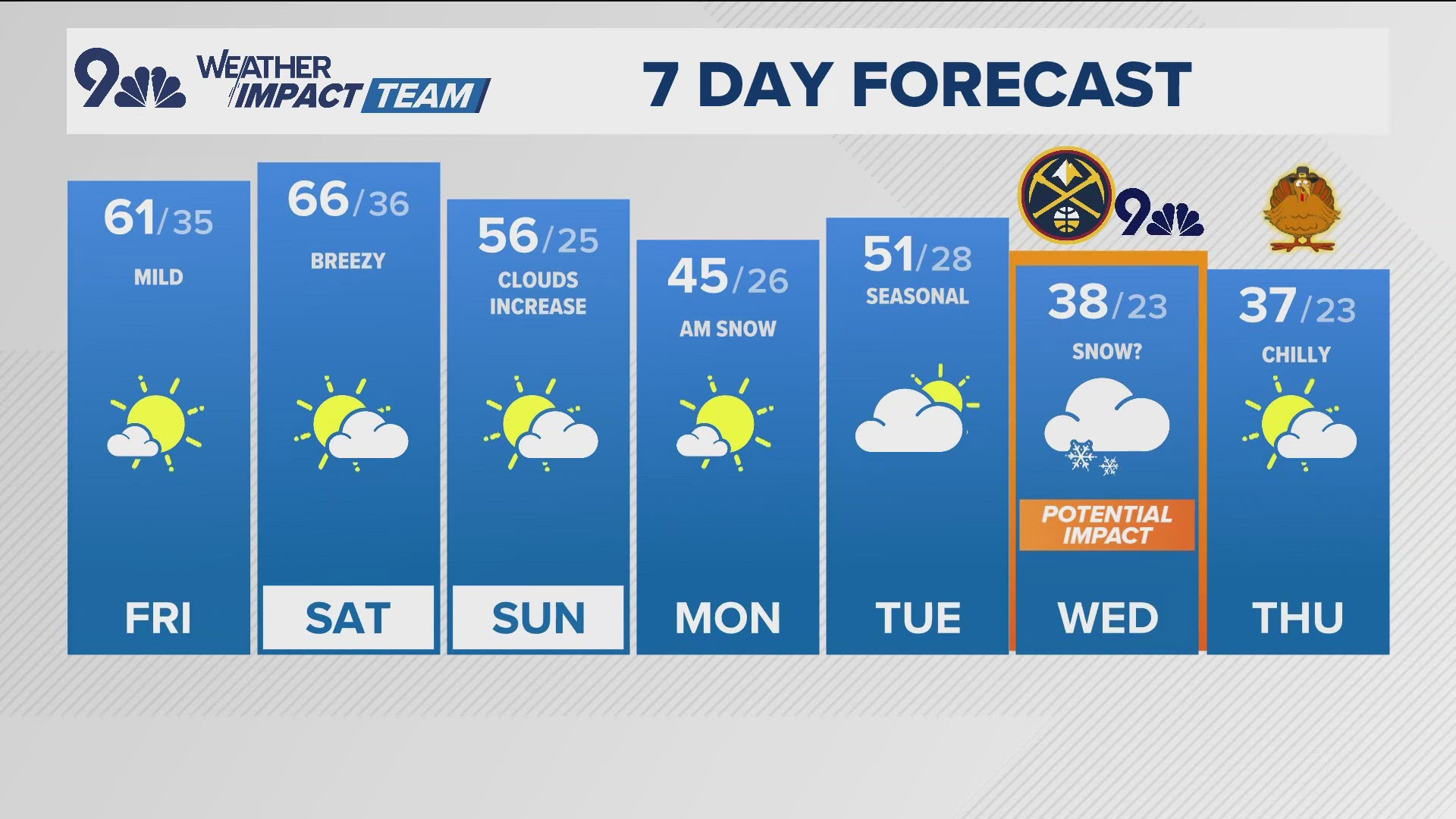ASPEN, Colo. — Months of dry weather have left much of the Roaring Fork Valley in critical levels of drought, even after snow in December. The region has not been so dry this time of year since 2002. The Roaring Fork River and many others across the state are below normal levels of flow, which is unlikely to change without an extraordinarily wet winter.
“An average or slightly below average snowpack is not going to get us out of this drought,” said Steve Hunter, a hydrologist with the City of Aspen. “So we need a pretty epic year.”
In Colorado, snowpack serves as a kind of natural reservoir, eventually flowing into streams and rivers in the warmer months.
What this year’s winter will bring for the Roaring Fork Valley is unclear. Forecasters are focused on the effects of La Niña, a weather phenomenon that helps shape long-term snow predictions.
Northern Colorado tends to see more snow because of that phenomenon, while the southern part of the state gets less. The Roaring Fork Valley sits between those two regions and tends to see roughly average precipitation during La Niña years.
Snowfall in the region has been below average so far, but there is still ample time for that to change.
“There’s a lot of winter left,” Hunter said. “We’re right at the beginning.”
He said this area’s municipal water supply – which is fed by local creeks – is not at risk right now, but his team could issue usage restrictions if that changes.
“If we have back-to-back droughts – we had a significant drought in 2020, and if we don’t have a significant snow year – we’re going to be doing water restrictions, mainly on the irrigation and landscaping end, to protect water for drinking and residential use.”
Long-term climate data shows a shift toward shorter snow seasons, higher temperatures and less precipitation.
Dry winters, especially when stacked on top of other dry seasons beforehand, can increase the risk of wildfires. The summer of 2020 was one of the driest on record in Colorado, allowing for an extraordinarily active wildfire season that accounted for the four largest fires in state history. A dry winter and spring this year would threaten to create similar conditions in summer 2021.
RELATED: This new satellite will monitor the rising sea-level (which does have an impact on Coloradans)
SUGGESTED VIDEOS: Local stories from 9NEWS



